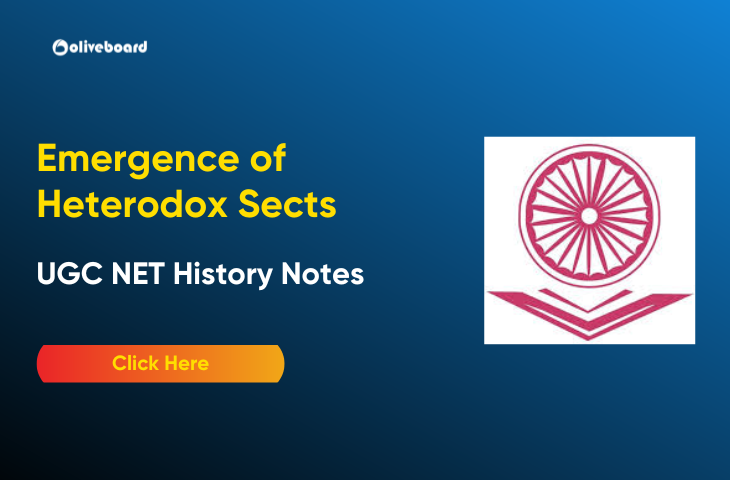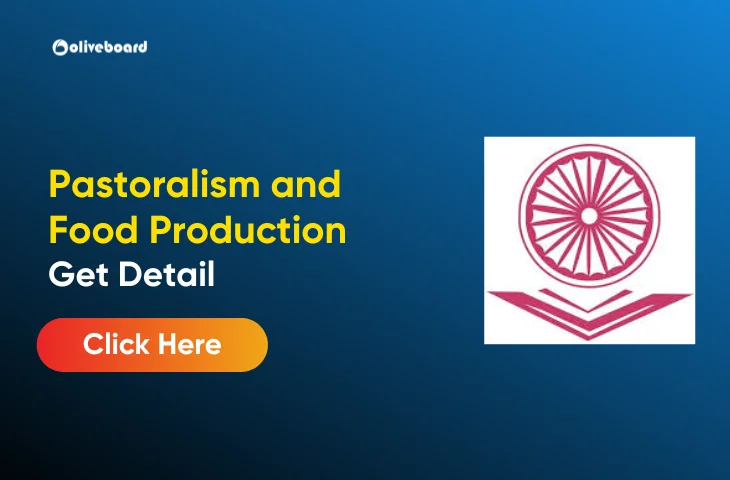Pastoralism is one of the oldest and most sustainable systems of food production in human history. It involves raising livestock by moving herds in search of grazing lands and water. This practice, primarily carried out in arid and semi-arid regions, has sustained communities for millennia by providing essential products like meat, milk, wool, and leather. Pastoralism plays a vital role in global food production, but its significance is often overlooked in modern agriculture.
In this article, we will explore the relationship between pastoralism and food production, its different forms, and its importance today.
What is Pastoralism?
Pastoralism is a type of farming in which people rely primarily on livestock for their livelihood. It involves moving herds seasonally to ensure access to grazing land and water. The movement patterns are often influenced by weather, vegetation, and resource availability.
Important Livestock in Pastoralism:
- Cattle
- Sheep
- Goats
- Camels
- Horses
Types of Pastoralism
Pastoralism takes several forms, each adapted to specific environmental and cultural contexts. The most common types are:
- Nomadic Pastoralism:
- Herds move continuously in search of fresh grazing lands.
- Practiced in arid regions like the Sahara Desert and parts of Central Asia.
- Transhumance:
- Seasonal movement of herds between fixed summer and winter pastures.
- Common in mountainous regions like the Alps and the Andes.
- Agropastoralism:
- A combination of crop farming and livestock rearing.
- Practiced in many parts of Africa and Asia.
The Role of Pastoralism in Food Production
Pastoralism contributes significantly to food security and nutrition. The livestock raised by pastoralists provide various food products that sustain both local and global communities.
Major Contributions of Pastoralism to Food Production:
- Meat Production: Pastoralists raise livestock such as cattle, sheep, and goats, which are a primary source of meat for millions worldwide.
- Dairy Products: Milk from cows, goats, and camels is central to the diet of many pastoral communities. It is often processed into butter, cheese, and yogurt, providing essential nutrition.
- Wool and Leather: Livestock also provide non-food products like wool and leather, which are crucial for clothing, shelter, and trade.
- Sustainable Land Use: Pastoralism allows the use of marginal lands that are not suitable for crop farming, thus maintaining an ecological balance.
Benefits of Pastoralism in Food Production
Pastoralism plays a key role in food production by sustainably managing land and providing diverse animal-based products like meat, milk, and wool. It enhances food security and supports rural livelihoods while promoting environmental balance and biodiversity conservation.
- Efficient Land Use: Utilizes arid and semi-arid lands unsuitable for farming.
- Supports Livelihoods: Pastoralism sustains millions of people globally.
- Nutritional Value: Provides high-quality protein and dairy products.
- Conserves Biodiversity: Rotational grazing supports ecosystem health.
Challenges Facing Pastoralism and Food Production
Despite its sustainability, pastoralism faces various challenges in today’s world, threatening its role in food production.
- Climate Change:
- Unpredictable weather patterns, prolonged droughts, and desertification are reducing the availability of grazing land, making it harder for pastoralists to sustain their herds.
- Land Degradation:
- Overgrazing and deforestation have led to degraded landscapes, limiting the productivity of pasture lands.
- Urbanization and Encroachment:
- Expanding urban areas and commercial farming are restricting the land available for pastoralists, often leading to conflicts over grazing rights.
- Political and Social Marginalization:
- Pastoral communities often lack access to essential services like education and healthcare. They also face political challenges as their way of life is often not understood or supported by policymakers.
The Future of Pastoralism in Global Food Systems
In the face of these challenges, the future of pastoralism depends on sustainable practices and support from governments and international organizations. Several strategies can help pastoralism remain viable and continue contributing to food production:
Strategies for Sustainable Pastoralism:
- Improved Grazing Management: Rotational grazing helps prevent overgrazing and land degradation.
- Water Resource Management: Developing water-efficient systems and protecting natural water sources are vital to ensuring access to resources for herders and livestock.
- Climate Adaptation Programs: Supporting pastoralists with knowledge and tools to adapt to climate change can safeguard their livelihoods and the global food supply.
Importance of Pastoralism for Biodiversity and Ecosystem Health
Pastoralism doesn’t only contribute to food production but also supports biodiversity and ecosystem health. Rotational grazing promotes the recovery of pastures, allowing diverse plant species to thrive. This traditional practice helps maintain a balance between livestock and the environment, reducing the risk of land degradation.
Contributions of Pastoralism to Food Production
Pastoralism significantly contributes to food production by providing essential products such as meat, dairy, and wool, while efficiently utilizing marginal lands unsuitable for farming. It also supports biodiversity through sustainable grazing practices, ensuring ecosystem health.
| Contribution | Description |
| Meat Production | High-quality protein from livestock like cattle, sheep, and goats |
| Dairy Production | Milk, cheese, butter, and yogurt from cows, goats, and camels |
| Wool and Leather | Materials for clothing, shelter, and trade |
| Sustainable Land Use | Efficient use of marginal lands unsuitable for crops |
| Ecosystem Health | Promotes biodiversity through rotational grazing |
Conclusion
Pastoralism remains an essential part of global food production, providing meat, dairy, and other products while preserving ecosystem health. Although it faces significant challenges, such as climate change and land degradation, sustainable practices can help ensure its future. By supporting pastoral communities and implementing policies that promote sustainable pastoralism, governments and organizations can help safeguard this ancient and resilient form of food production.
In conclusion, pastoralism offers a sustainable solution to food production, especially in arid and semi-arid regions. Its contributions to food security and ecosystem balance should not be overlooked. Recognizing and supporting the role of pastoralists in global food systems is crucial for ensuring a sustainable future.
- Ancient History of India – UGC NET History Notes

- Emergence of Regional Powers in Early Medieval India- UGC NET History Notes

- Emergence of Heterodox Sects – UGC NET History Notes

- UGC NET History Previous Year Question Paper, PDF Download

- Sangam Literature – UGC NET History Notes

- Mauryan Art and Architecture – UGC NET History Notes

Pastoralism and Food Production – FAQs
Ans. Pastoralism is a livestock-based system that contributes to food production through sustainable grazing and animal products.
Ans. Pastoralism provides meat, milk, wool, and promotes land conservation, enhancing food security.
Ans. Pastoralism supports sustainable agriculture by maintaining ecosystems and using natural resources efficiently.
Ans. Pastoralists produce significant animal products, including dairy and meat, for local and global markets.

Hello there! I’m a dedicated Government Job aspirant turned passionate writer & content marketer. My blogs are a one-stop destination for accurate and comprehensive information on exams like Regulatory Bodies, Banking, SSC, State PSCs, and more. I’m on a mission to provide you with all the details you need, conveniently in one place. When I’m not writing and marketing, you’ll find me happily experimenting in the kitchen, cooking up delightful treats. Join me on this journey of knowledge and flavors!
